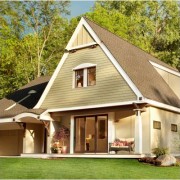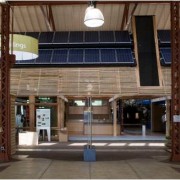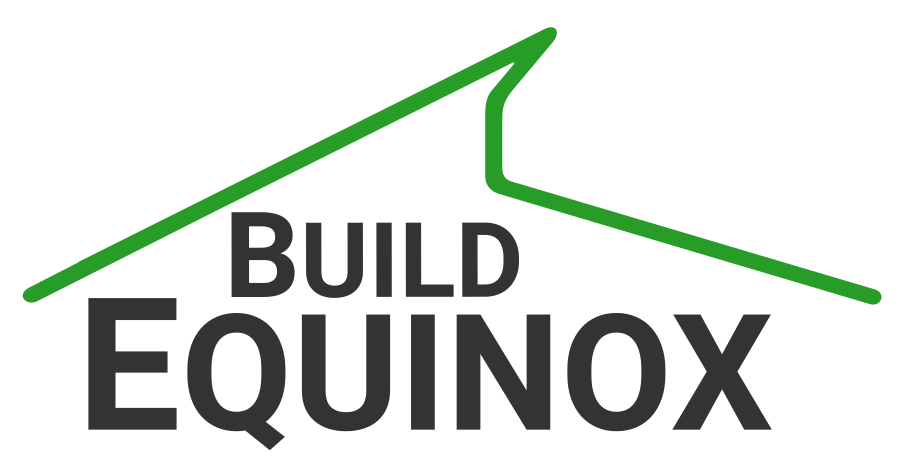How does a homeowner build a residential building with zero energy?
There is a simple answer to this question. Get help. Start the planning and construction with the involvement of knowledgeable advisors and contractors.
Hello again. This blog is the second of a six-blog series discussing the ten tips and tricks to reducing the energy consumption of residential buildings so as to achieve zero energy. This blog will discuss the 3rd and 4th tips for creating a zero energy use home.
With the goals and intent established for a zero energy home (first tip), from a discussion with the knowledgeable advisors, estimated solar energy product determined (second tip) from using the PVWatts calculator (PVwatts.nrel.gov/), determine the best construction plans to design toward the sun (tip number three).
Designing toward the sun gives the homeowner the best use of solar energy. This design is to have the longest part of the house running from east to west so that the home can have a large amount of south-facing glazing. Passive solar design can significantly reduce cooling loads, give the homeowner more heat in the winter and can maximize energy efficiency. Renewable Energy Ready Home (RERH) has developed an online Solar Site Assessment tool that compares solar resource potential for any new home. This tool can be found here: http://www.energystar.gov/index.cfm?c=bldrs_lenders_raters.pt_bldr. Additionally, LEED for Home Program can also provide pointers for the best percentage of glazing, awnings and overhangs to get the full use of the solar energy.
Tip number four: Model it Down. What does this mean? Work with an Energy Modeler to assist you in determining where the potential home’s energy consumption takes place. The use of the floor plan can provide a visual guide for checking the home’s boundary to ensure that all areas are sealed and there are no air leaks. The Energy Modeler will gather data for calculations to put into their modeling tools. Some of these tools include:
- HERS (Homes’ Energy Rating System) HERS Index Rating (0 to 100 energy rating) used on many homes and tided to incentives for cost discounts.
- WUFI Home Energy Score software program developed for free that measures moisture transportation in walls that effects energy.
- DOE Home Energy Score assesses home’s energy and recommends upgrades that can be used on existing and new homes with a 1-10 rating.
- BEopt:Home is a free software tool that finds the least-cost solutions for zero energy.
- ASHRAE 90.1 is a standard that can be used for single and multiple buildings to determine energy efficiency design through different Energy Modeling.
These tools listed above are great tools to help a homeowner become more aware of building designs and materials that can lead to a zero energy home. Using these tools and consulting with a knowledgeable advisor can get a zero energy home one is looking for.
Please email Brett Little at Brett.little@greenhomeinstitute.org with questions and / or comments. We would like to hear back from you. Additionally, next week will be the third blog of a six part series about the Ten Simple Steps to Get Zero Energy Use for your Home.




